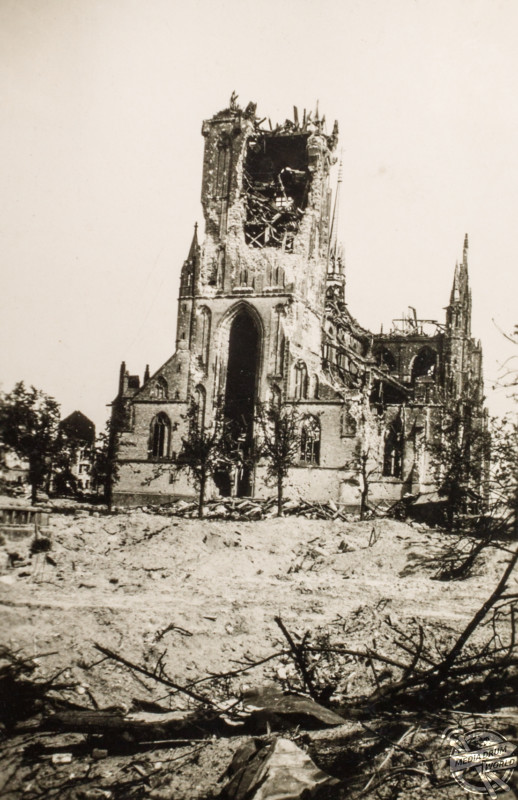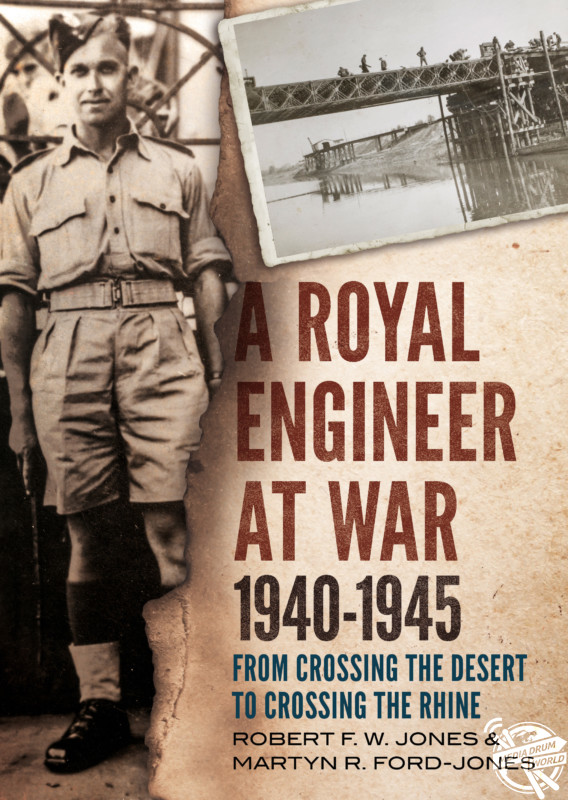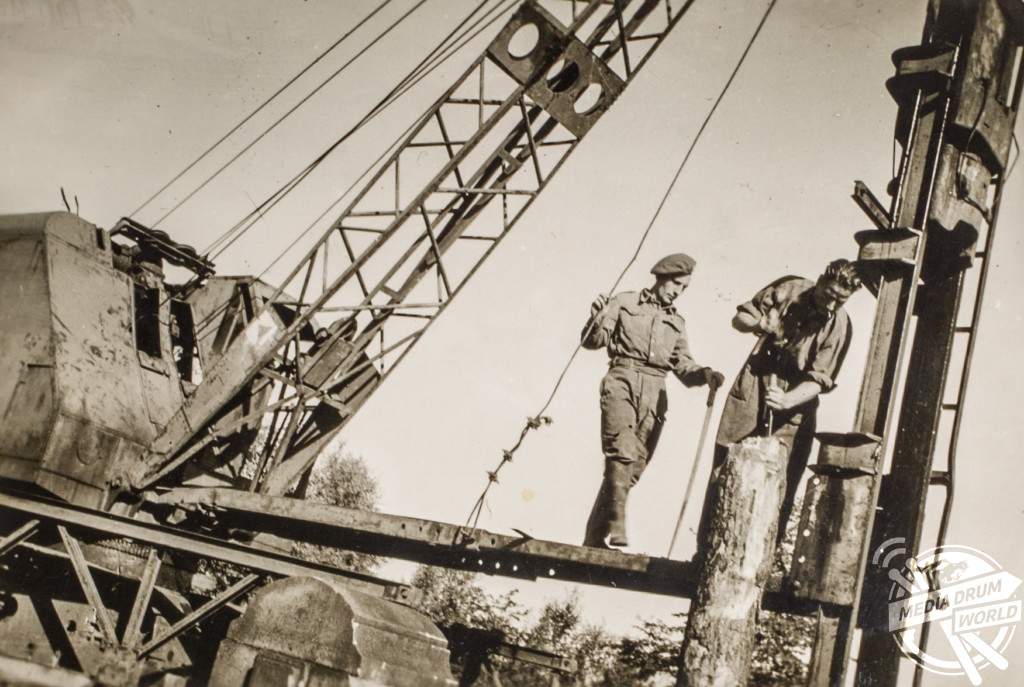By Mark McConville
INCREDIBLE images have offered a glimpse into the daily lives of the Royal Engineers during World War Two as they journeyed from the Western Desert to the Rhine.

The candid pictures show the Royal Engineers hard at work as they build bridges to cross rivers and canals in Germany, stand to attention and investigate ruined buildings.

More light-hearted snaps show some of the soldiers posing for groups photographs, pretending to surrender while using Italian equipment and perusing lamps for sale in the desert.

The rare photographs are showcased in a new book, A Royal Engineer at War: 1940-1945, by Martyn R. Ford-Jones and Robert F.W. Jones and published by Fonthill Media.

The book charts the story of Robert Frederick William Jones after he was drafted into the Corps of Royal Engineers during the Second World War.
“The motto of the Corps of Royal Engineers is ‘Ubique’, meaning ‘Everywhere’,” said Mr Ford-Jones who penned the book using his father’s war diaries and memoirs.

“The motto certainly seemed to apply to my father as, during his six-year service with the Corps, he saw service in the United Kingdom, Belgium, Egypt, France, Germany, The Netherlands, Italy, Lebanon, Libya, Palestine, Sicily, Syria, Tunisia, and Turkey.
“His first introduction to the enemy came courtesy of the German Luftwaffe, whose Junkers Ju 87 Stuka dive bombers made an unexpected attack on Portsmouth airfield while he was working out in the open, during July 1940.
“This was followed by ‘running the gauntlet’ of a night bombing raid on London, while on home leave during the following month.
“Having been posted overseas, my father experienced strafing attacks by marauding enemy aircraft and the bombing of various ports, installations, and locations in various parts of North Africa, France and Germany.
“He was involved in both the invasion of Sicily, during July 1943, and that of Normandy, in June 1944, landing at the latter two days after the main D-Day landings.”

The Corps of Royal Engineers provides military engineering and other technical support to the British Armed Forces and is headed by the Chief Royal Engineer.
Although Robert Jones was caught in heavy fire and shelling, Mr Ford-Jones was keen to stress Roberts and other sappers also had to carry out their day-to-day duties.

“It was shortly after having landed in France that Robb learned first-hand the effects and emotions of being pinned down by a German sniper,” he added.
“Having survived the encounter, he was later involved with the Rhine Crossing, complete with the thunderous roar of the artillery, and the shaking of the ground beneath his feet, as the opposing sides fired salvo after salvo of heavy shells at each other.

“With all of this came his day-to-day duties, which, depending on the theatre of war he was serving in at the time, included the building of various forms of defences around airfields, other military establishments and structures; defusing unexploded bombs; clean-up operations after Luftwaffe bombing attacks; mine clearance; staking out cleared routes through minefields; unloading supply ships; rebuilding roads and bridges; and driving vehicles of various types, sizes, and weights as directed.”
A Royal Engineer at War: 1940-1945, by Martyn R. Ford-Jones and Robert F.W. Jones is published by Fonthill Media. The hardcover is available now for £19.99.








